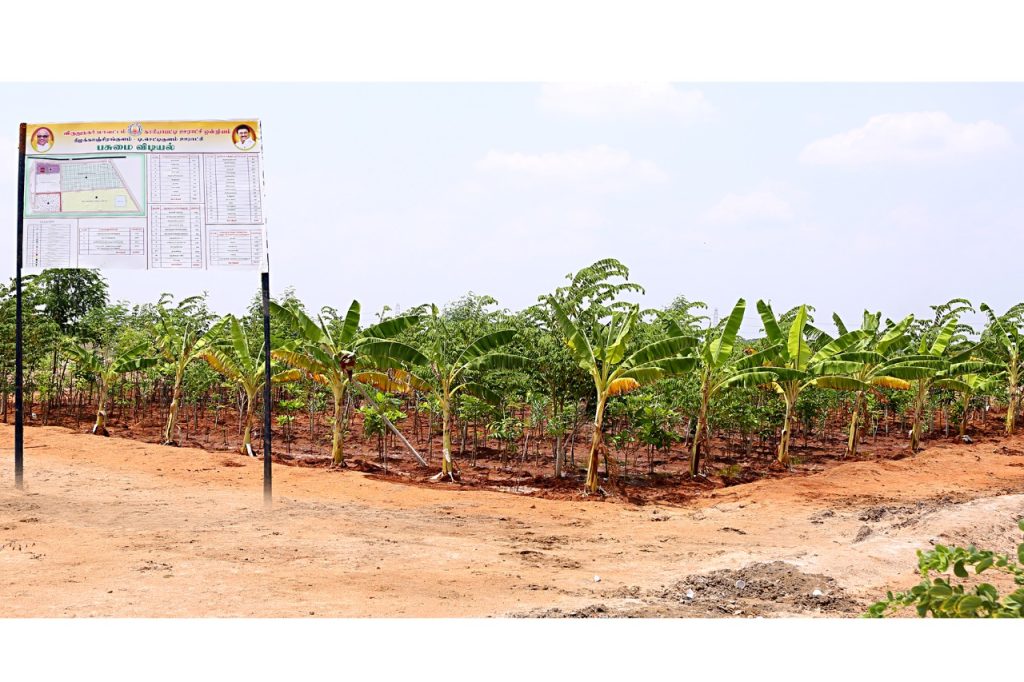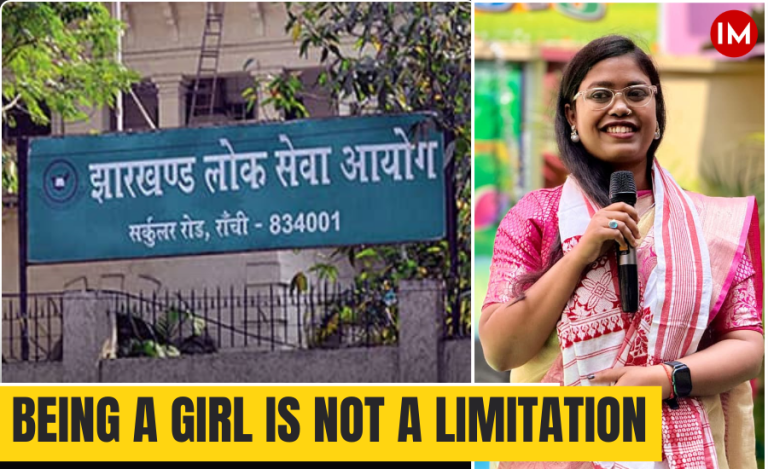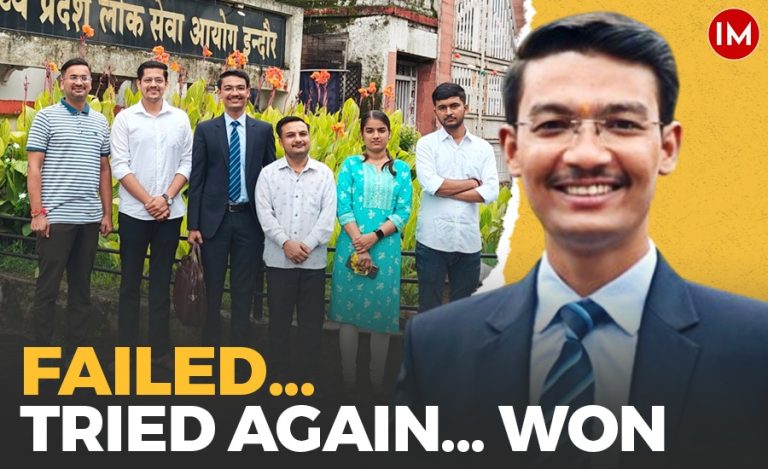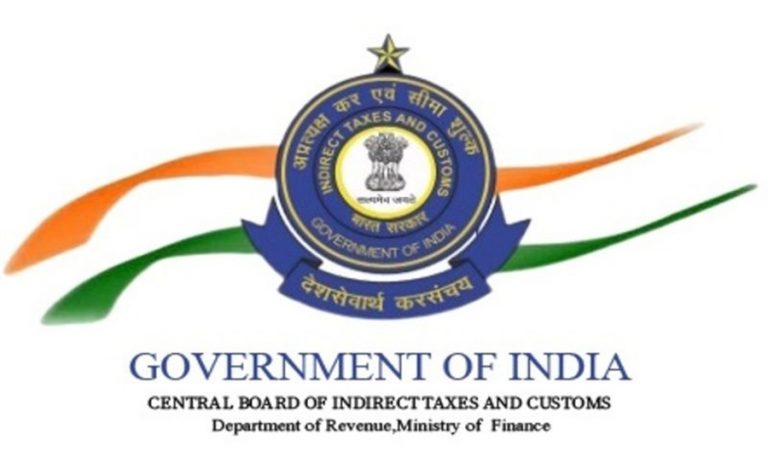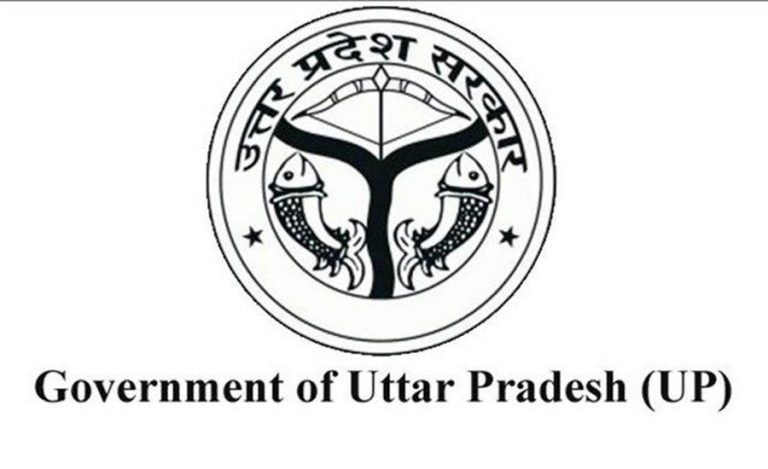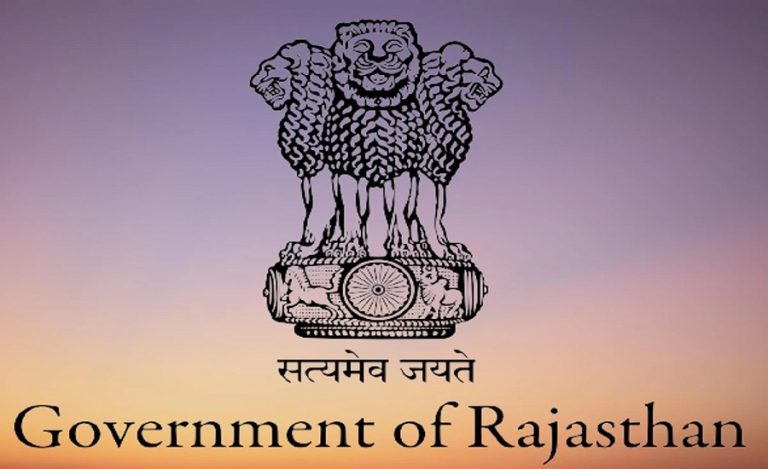The state budget announced this year revealed that Tamil Nadu stands at 20.27 percent of green cover. The government is now aiming at increasing it to 33 percent in the coming years. Hence, all the districts in the state have been given a set target of increasing the forest cover every year. Hence, the Virudhunagar district, which has one of the lowest forest covers in the state, has now adopted various techniques to convert barren lands into green zones. Not only this, the administration has also generated a steady revenue stream for the panchayats by the selling of vegetable, fruits and fodder growing on the barren lands.
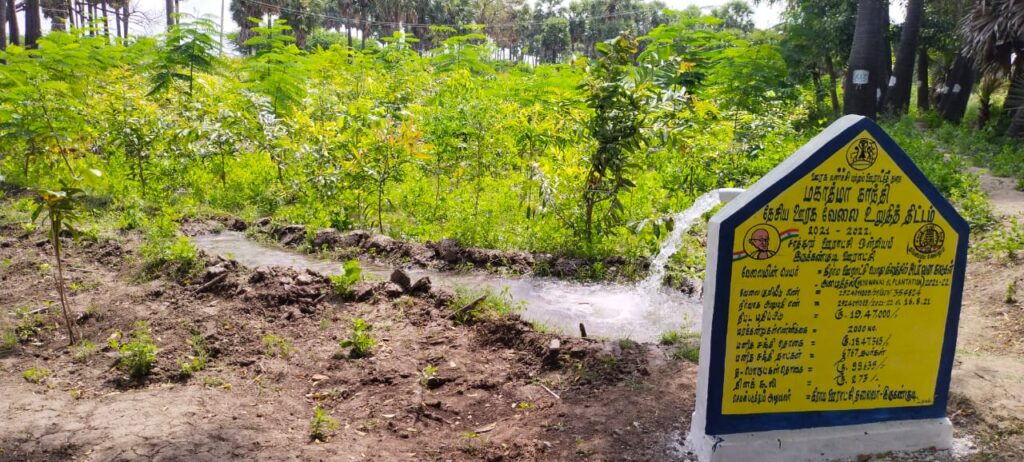
All this is being undertaken under a project called ‘Pasumai Vidiyal’, which when translated into English means the ‘Green Dawn.’
IDENTIFYING VACANT LAND
While speaking to Indian Masterminds, District Collector of Virudhunagar, Meghanath Reddy, said, “The main reason to undertake this project is two folds. One, there are invariably large chunks of land in several parts of the district, belonging to different government departments, which are lying barren. For example, the animal husbandry department has around 20 acres of land lying vacant and that can be used for growing fodder for the local populace. Secondly, there are set target for the administrations to grow a number of saplings every year in the district.”
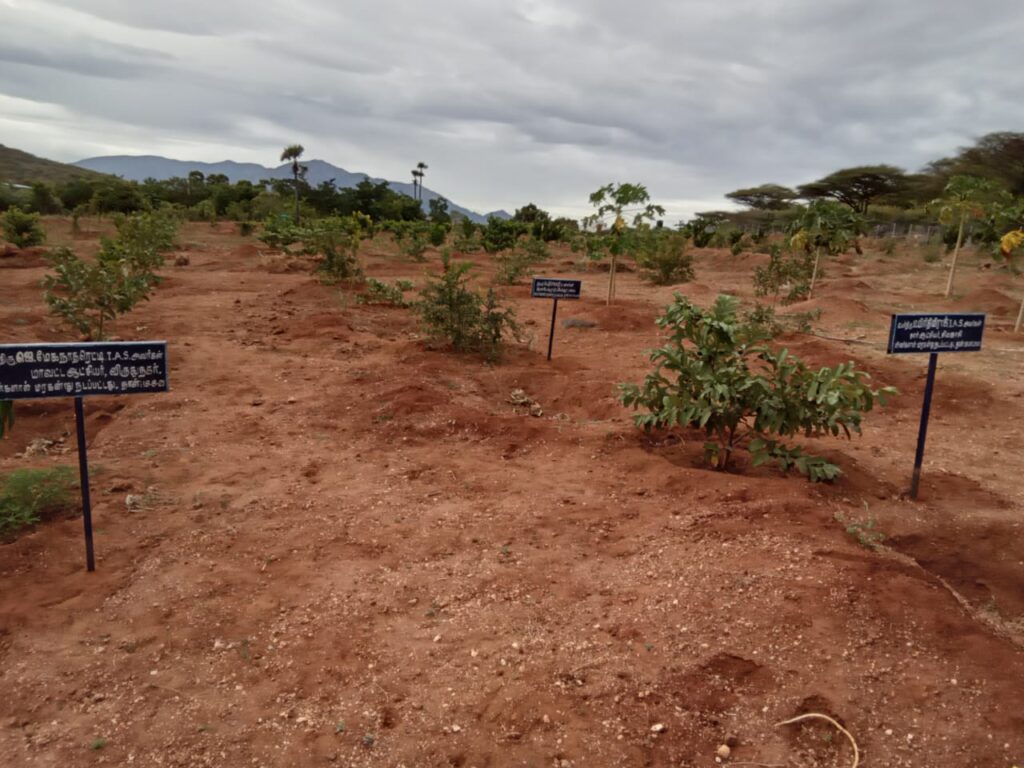
The administration, firstly, identified such large chunks of land that were lying vacant and useless under various departments and then combined these with the targets they have to achieve every year.
Mr. Reddy said, “It was done in convergence mode. For example, a chunk of land is taken from the revenue department and then soil testing is done through agriculture department to see what plants will survive in that particular soil. Then, by using the rural development department, we roped in MGNREGS workers. Also, we set up a bore well pump for regular water supply.”
HELPING THE COMMUNITY
The district administration has also dug up farm ponds in areas that have slope and have a natural gradient, so that the flowing rain water can accumulate at one point. Mr. Reddy said, “Many of them have started yielding results. In many panchayats, people have started reaping drumsticks and are selling them in the local market. Drumstick is one vegetable which is used in a big way in our district and is always in demand. In some of the farm ponds, we have even put fishlings inside, so that whenever they grow, it can become another source of income for the panchayats.”
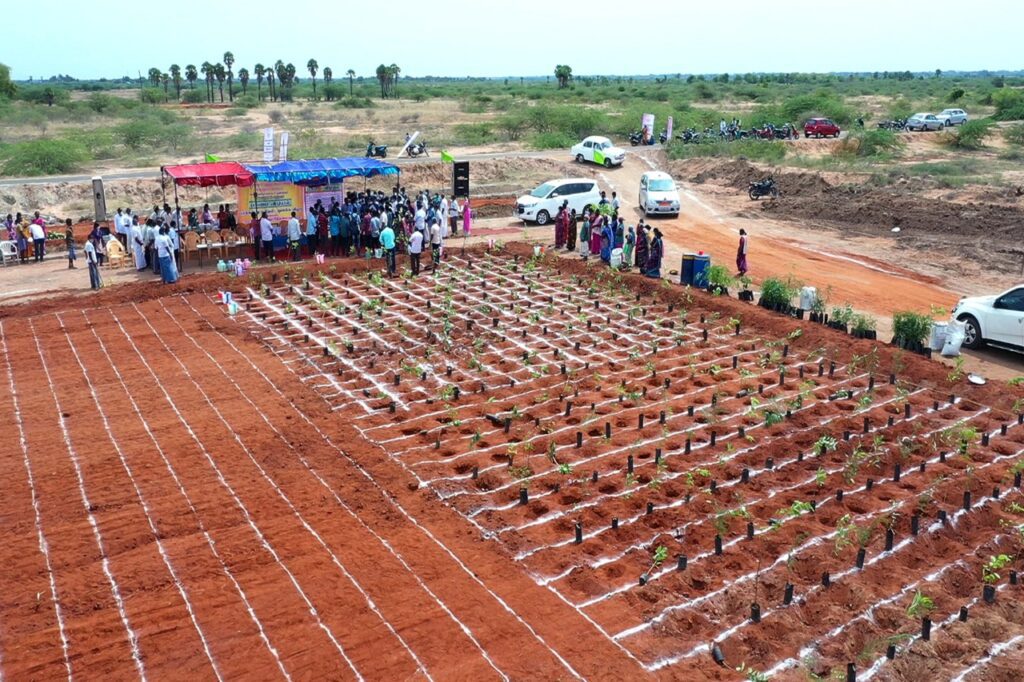
These initiatives have been taken on a no-cost basis for increasing the green cover and generating a steady income source for the local people. The administration has converted 75 acres of lands under the Green Dawn project in seven locations so far, under which, around 30,000 saplings have been planted.
MIYAWAKI FOREST
Likewise, there are also small chunks of lands in rural areas which the administration wants to utilize in increasing the forest cover. Mr. Reddy said, “Sometimes small pieces of lands in rural areas are not developed and are left unused and vacant as wastelands. These small patches cover around one or one and a half acre of land. We tried to convert these lands into a forest cover by using a technique famously brought in by a Japanese botanist, Akira Miyawaki.”
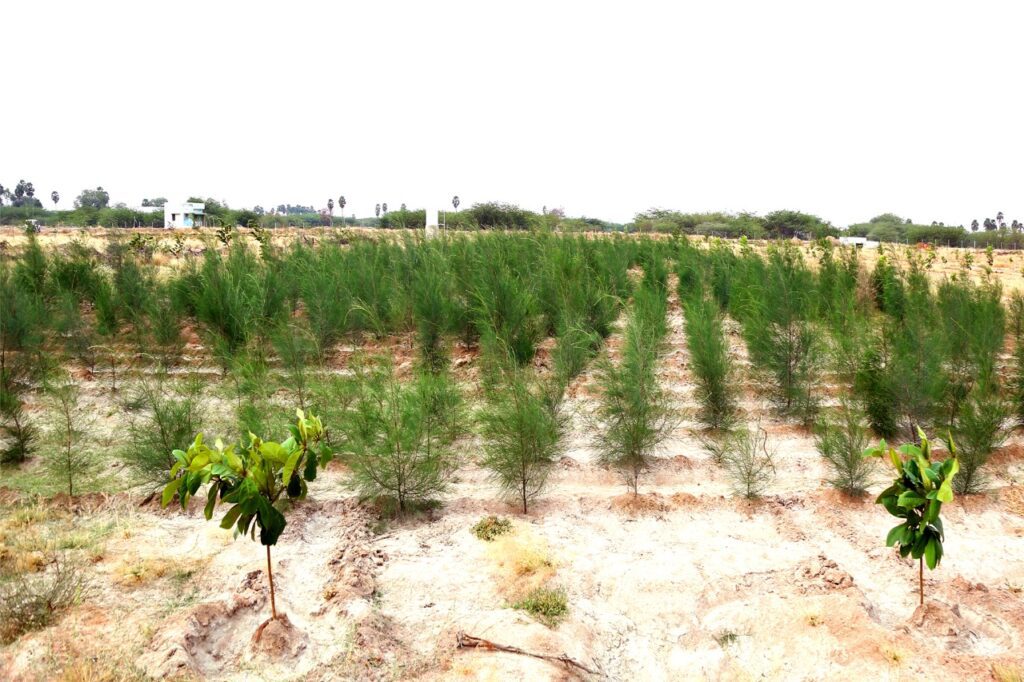
The administration took up a project by the name of ‘Oorukku Oru Miyawaki’ scheme, which means ‘one Miyawaki forest in each panchayat’. In these small chunks of land, around 150-500 saplings are planted in a particular ratio and variety. “The results are quick and the survival rate is even more. These small lands are now being utilized in a better way,” Mr. Reddy added.
The administration has taken up this project in 108 villages covering around 105 acres of barren land. And around 38,000 saplings have been planted under this project, following the Miyawaki technique.

